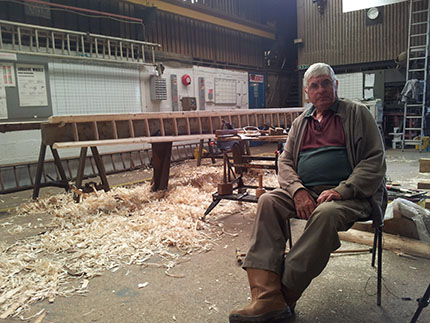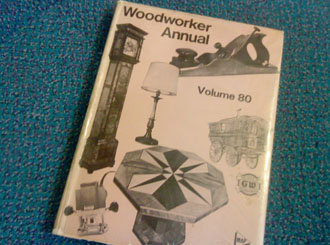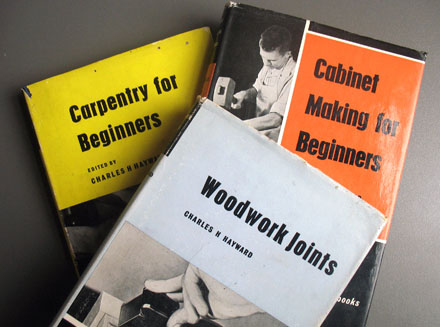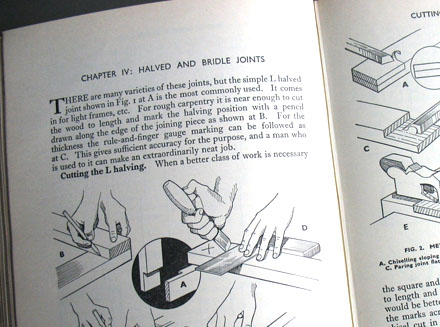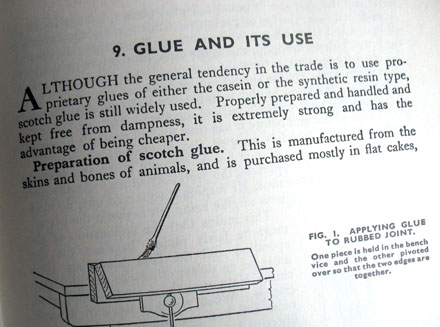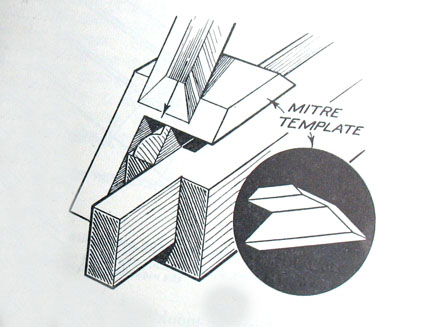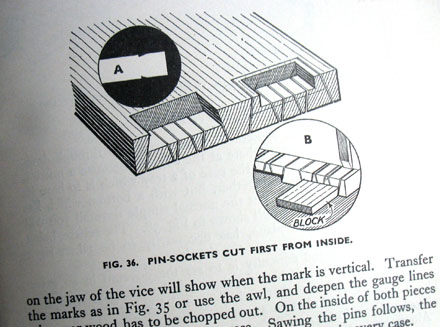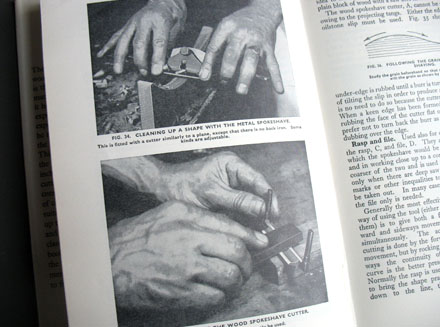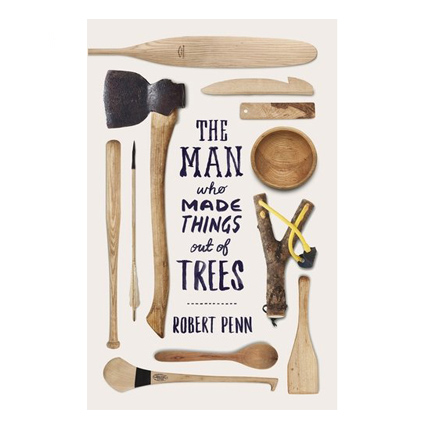
I’m reading this very interesting little book at the moment. The Man Who Made Things Out Of Trees, by Robert Penn. The book was given to me by a couple of former colleagues from the ‘day job’.
The book is all about the Ash (Fraxinus Excelsior) and it’s multiple uses. It’s remarkable to see how the tree has been used throughout history and to learn just how unique it’s special characteristics are. The author has cleverly used the felling of a specific tree to explain how parts can be used for everything from coach building to making a canoe paddle.
I’m currently at the section where he’s having a bowl turned by Robin Wood. I know Robin’s work well, but didn’t realise what a fascinating variety of jobs he had enjoyed before he started full-time turning. Best buy the book to read more!
You can see the actual bowls that Robin made for Robert on Robin’s website, here. Or, check out the video.
Something else I came across this week was a link to the wonderful web page of Stanley Clark, a wooden ladder maker. It seems Robin was also involved in the creation of some wonderful films for this Heritage Crafts Association Project. As the text on the home page reads:
During the 1950s, Stanley Clark worked as a ladder maker for John Ward & sons who employed 12 people making approx 1600 wooden ladders per year. When aluminium ladders were introduced in the 1960’s, the wooden ladder industry disappeared almost overnight.
Woodworkers Robin Wood and Steve Tomlin travelled to Northampton as part of this Heritage Crafts Association project to make a ladder with Stanley and learn the skills.
Go here to see the great films and read about the project.
